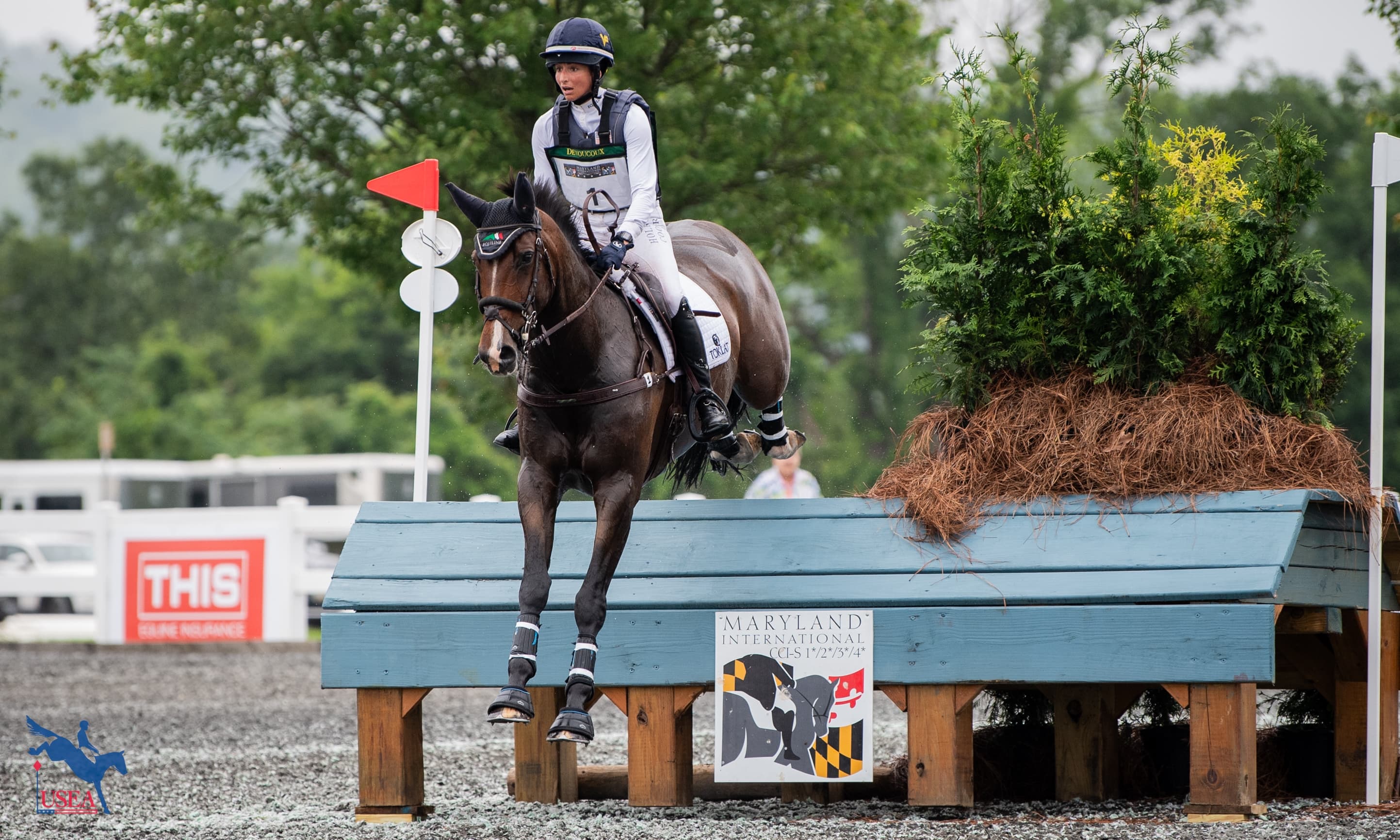On Course with Packy McGaughan and Tanzer
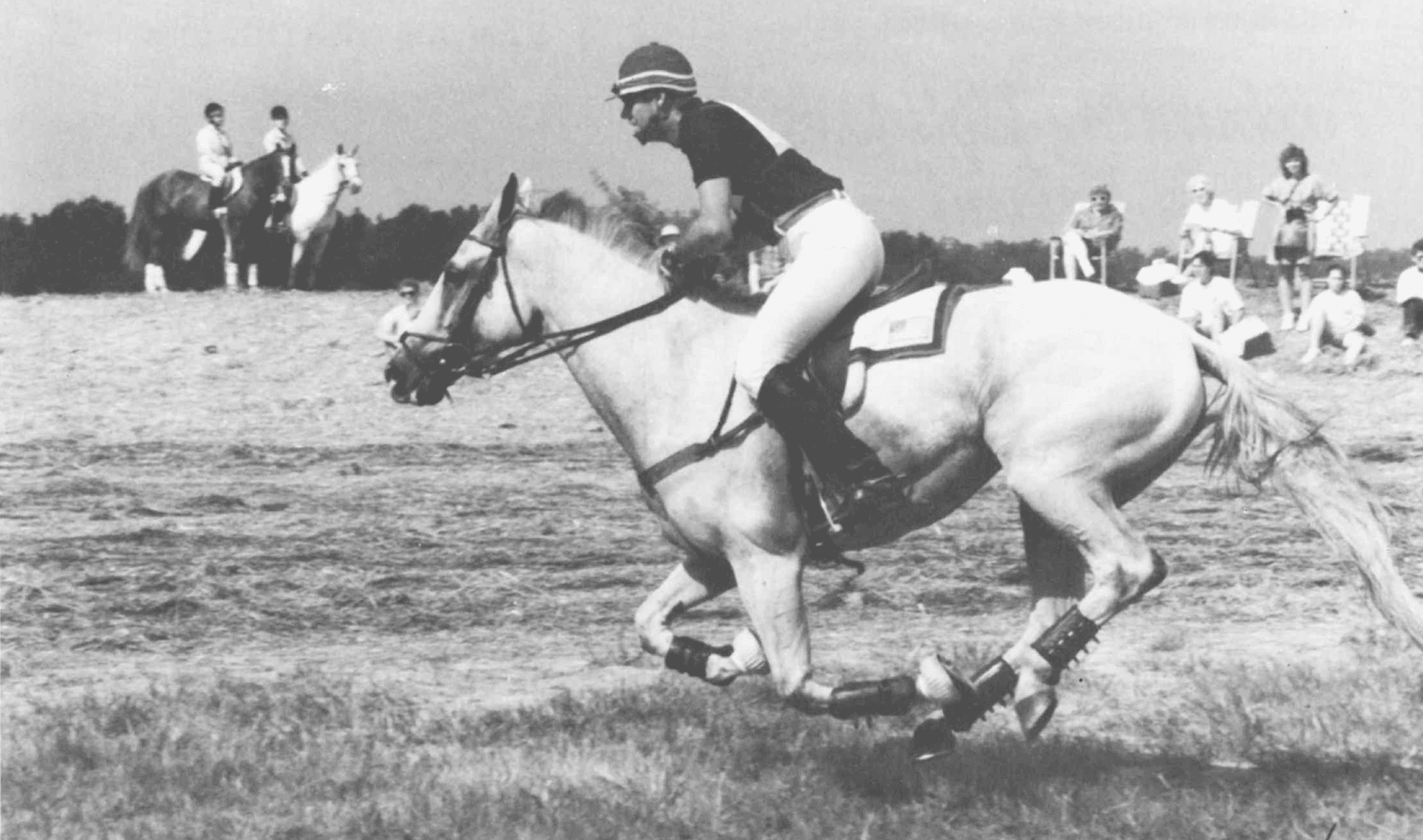
The United States Eventing Association turns 60 this year! In honor of the occasion, we'll be throwing it back with articles from previous USTCA News and Eventing USA magazines to celebrate 60 years of eventing in the United States.
This article originally appeared in Volume 16, Issue 5 of USCTA News magazine.
Twenty-three-year-old Packy McGaughan who, with his mother's Tanzer, surprised even himself by earning a slot on the Pan American Three-Day Team, came away from his first international competitive experience with a smile as broad as the corn fields that surround the Hoosier Horse Park, site of the Games' Equestrian Venues. Not only were Packy and Tanzer an important part of the U.S. Team's gold medal effort, but they also technically won the individual bronze even though, because of a PASO rule that limits each participating nation to only two individuals, they were unable to receive the medal. "Not getting the bronze wasn't really important," Packy said in a post-competition interview. "The important thing was I jumped clean. I supported the USET by not breaking under the pressure and coming out with the same score I had for dressage. As far as I'm concerned, Tanzer won the bronze; I was the third-place rider and I feel good about my riding."
Packy had very positive input about the cross-country course, which had been designed for the Games by Major General Jonathan Burton and Patrick Lynch and built by Paul Popiel. "There were many rider problems," he said, "but everything was perfectly measured and thought out. It was big and technical in parts, but never big and technical at the same time. General Burton even slipped in a few fences designed to make everyone feel happy about themselves. He did a fabulous job. Some of the footing wasn't very good, but I guess that's a problem one could encounter anywhere in the world."
Packy described his steeplechase as ''one big runaway all the way around. Tanzer carried me around the course which had originally been a figure eight, but which had been modified to an oval because of the hard ground and tight turns."
Coming into the start box for phase D, Packy described a metamorphosis that took place in his attitude. During the ten minute vet check, he had been told of the two stops that teammate Nanci Lindroth had encountered at the water, and, in his own words, "It was like an instant getting-over-any-cockiness-one-might-have-been-feeling. After dressage, I had been the fourth place U.S. rider with the throwaway score. All of a sudden, I was part of the team, and my performance would count for them. I also realized, 'Hey, this course is bigger than I thought.' During the ten-second countdown, I felt my face freeze into a sneer of anger and aggression, and my adrenalin carried me out of the start box and over and away from the first fence before I could gather up my brains."
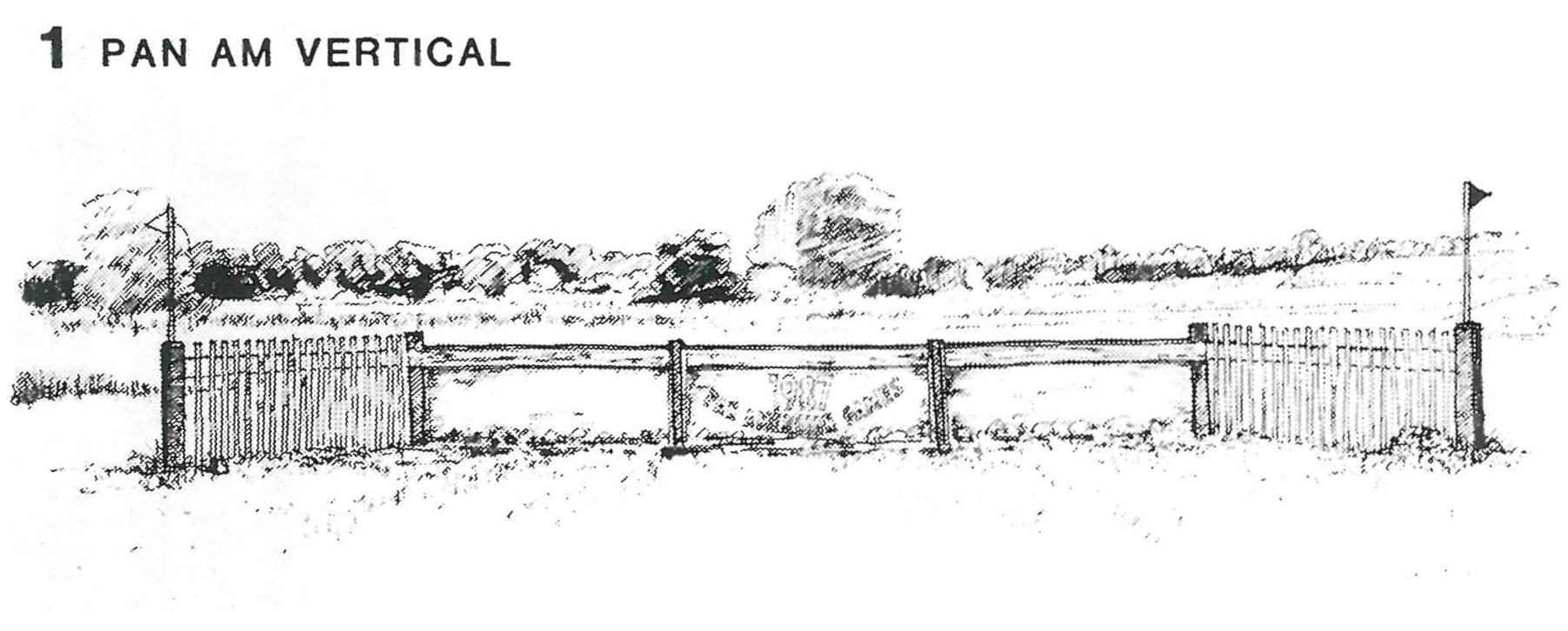
#1 (Pan Am Vertical) - "This was a very pretty and colorful fence painted in the Pan Am colors, but it was also very vertical. I saw my spot and jumped it and then made the hard right turn into a longish gallop. It wasn't until then that we hit a lick which was a mistake - I should have hit it before the fence."
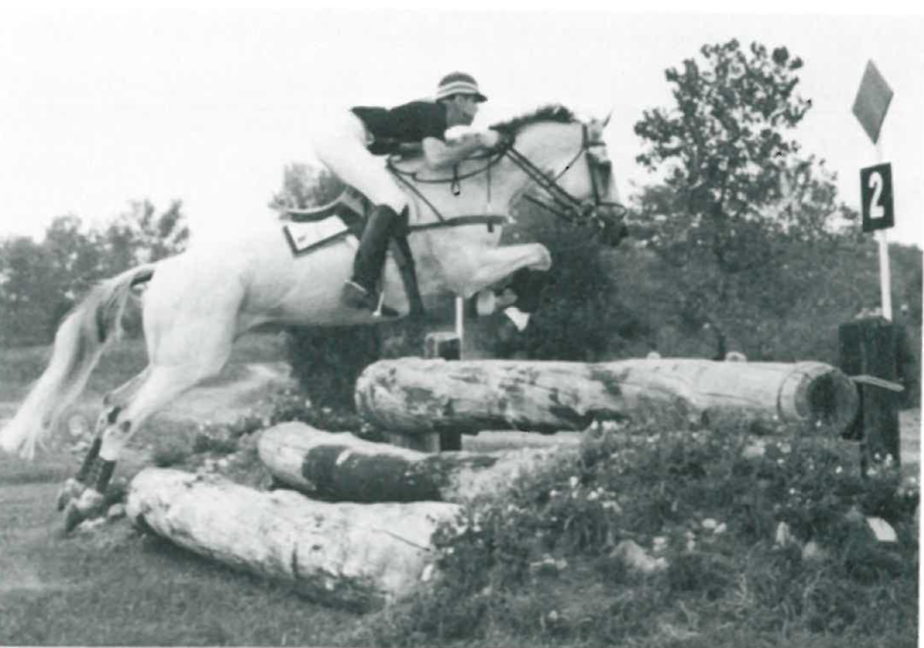
#2 (Log Triple Bar) - "This was a gorgeous big triple bar that was very jumpable. It also had the barns in sight. Tanzer is very smart and very barn-sour, so we jumped this one with me hanging on the left rein and with his head bent away from the barn." (Torrance Watkins, who later joined the interview, and who Packy credits with making ''Tanzer a reliable horse to come back to after five years," commented that "when the fences get really big and challenging, Tanzer forgets about his barn-sour nonsense. He does best when he really has something to think about.")
#3 (Oxer) - "This was a normal old oxer, but unfortunately, it reminded me of the normal old oxer I'd had a fall over this spring in Virginia, the only cross-country fence I'd ever wiped out at. I gave this one a lot of room."
#4 ("L" Option) - "The grass into this fence was very slick. Even the road studs Tanzer had on weren't enough. This made the long side out of the question. The short option was 3 '11" and very narrow, but it rode easily for Tanzer because he's so adjustable."
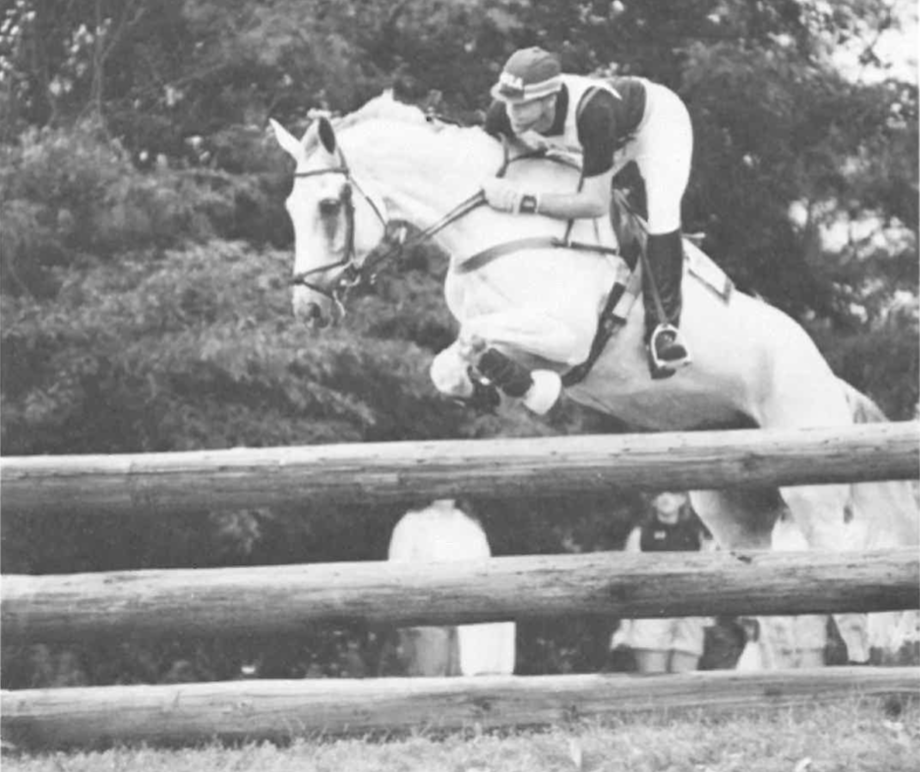
#5 (Vertical and Drop) - "By now, Tanzer was warmed up, something he's quite slow to do. Once he peaks, though, he can continue for a long time. This fence had caused problems for riders who hadn't compressed their horses against the base of the fence. They were leaving long and leaving legs behind. I did an 'Anne Kursinski show jump move', rode each stride to the base, and defined where to leave. It went very well."
#6 (Trakehner Over Ditch) - "I'm scared to death to just gallop down to a fence without show jumping even a little bit. I galloped right down to this one, however, and he jumped it out of stride without any problem. This was a real confidence-booster."
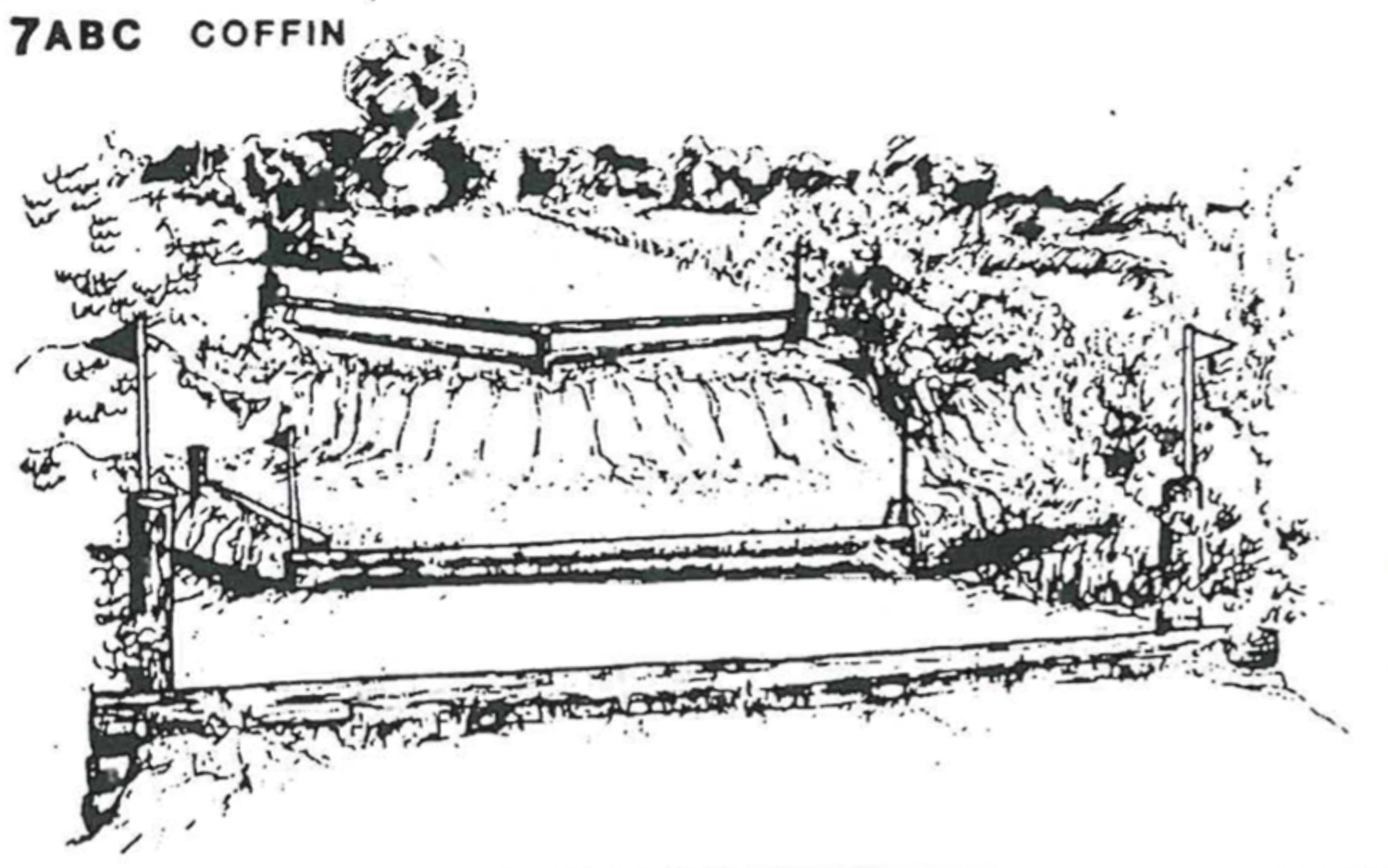
#7 (Coffin) - "This is Tanzer's specialty because he's so absolutely clever and very good at angles. I lined him up way back in a compressed frame, and the schooling he'd gotten from Torrance in 'holding the line' really paid off. It was simple for him. We jumped the left side, slid down the ravine, jumped the ditch, and had two strides up the bank and out over the little vertical. He was great."
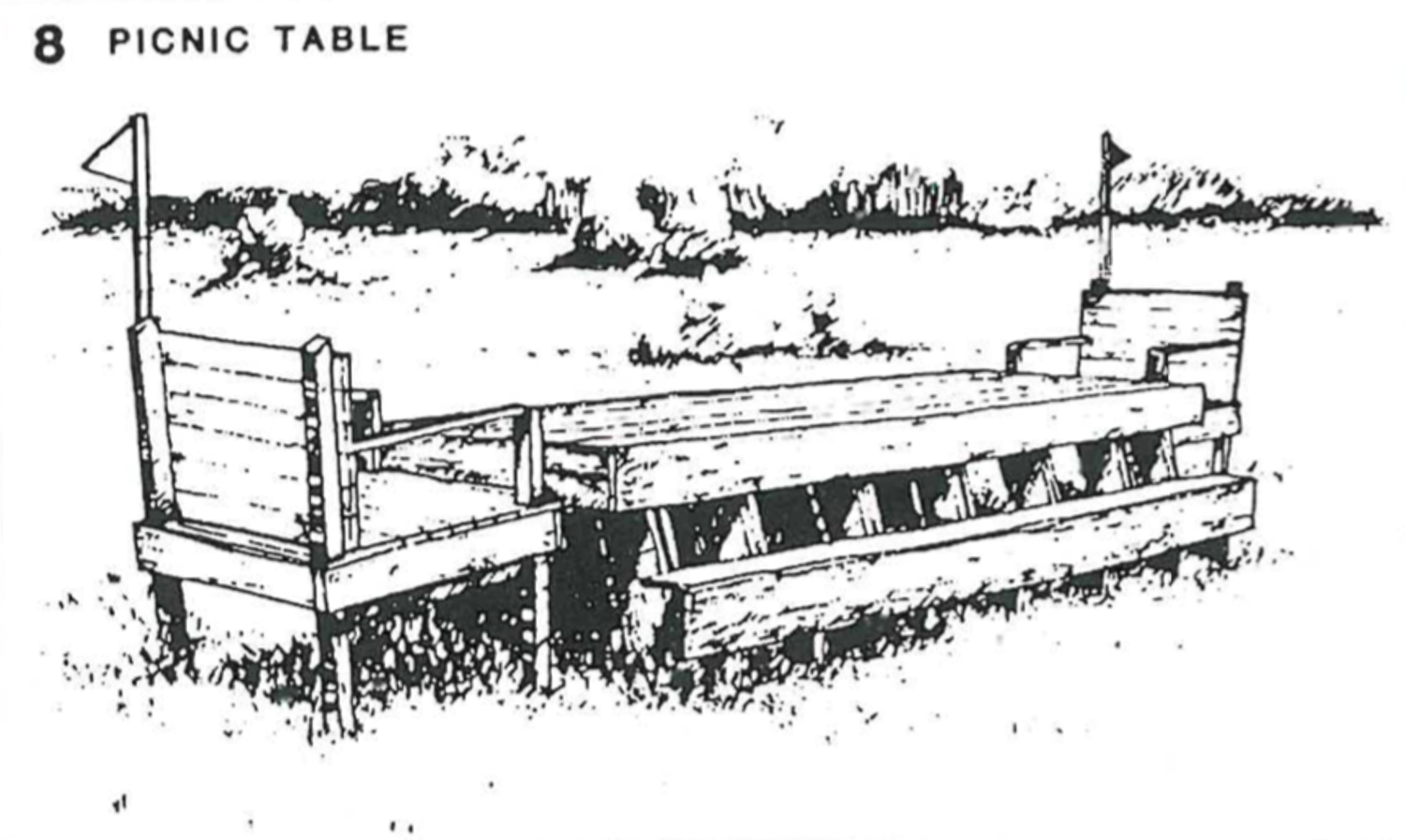
#8 (Picnic Table) - "This was a huge table, but it was the nicest fence on the course. Tanzer jumped right out of stride, and it was another confidence-builder for me. He had fun with it, too. It's almost like he said, 'Wow-let's have a picnic. Let's sit down and eat.' We're both pretty food-oriented! Right after this fence, Tanzer slipped badly, which gave me a hairy moment.''
#9 (Ditch and Rails) - "This was a max ditch and rails that was really nicely built and placed. He galloped right down to it and restored our confidence after the near wipe-out on the grass."
#10 (Oxer) - "This oxer had a lip of ground three strides in front of it. The fence was too exactly-placed to have been an accident. We'd all been working with Anne Kusinski on gymnastics, and on the course walk, Mike Huber had kidded me saying, 'I want you to count out loud on the way to the fence.' I giggled here because, even though I don't think I said anything out loud, I felt my mouth counting 'one, two, three, jump.' It rode fine.''
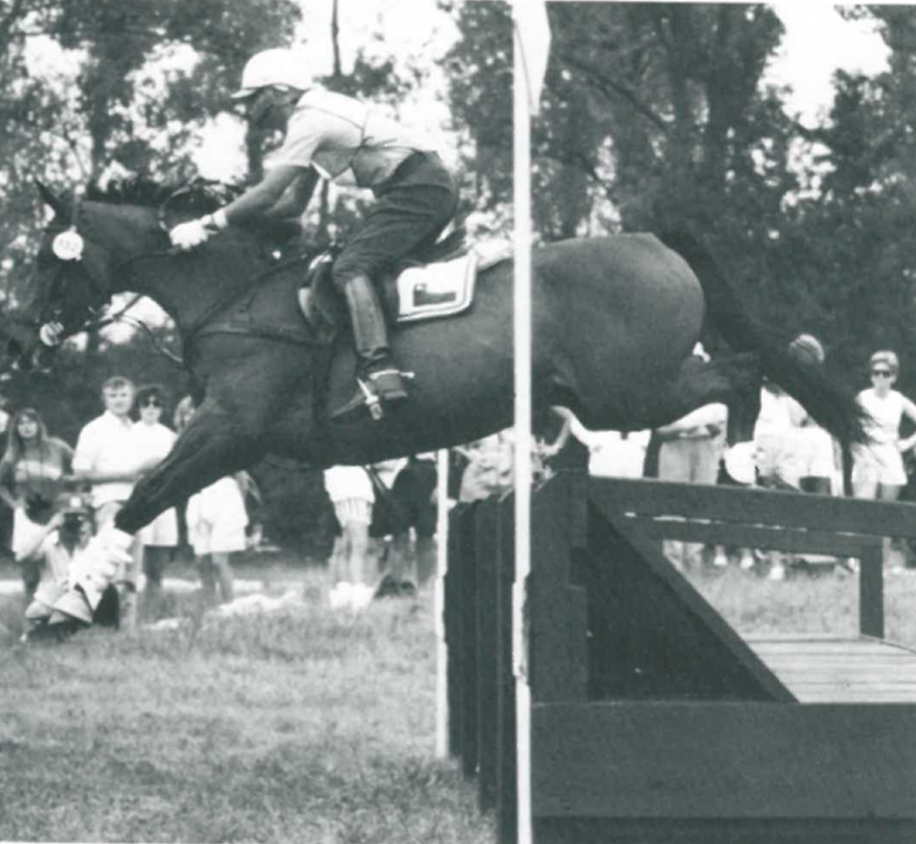
#11 (Golfer's Bench) - "By this time, Tanzer really had a tiger in his tank, and it was runaway time. This bench was the smallest obstacle on the course, but right after it was a 90 degree turn into fence 12 so you couldn't gallop down and fly it. Five strides out, I saw four and a half. I yanked Tanzer's head right and then left, and finally got my striding. I'd hate to see a videotape of this one. It was unorthodox, but it worked, and as Anne Kursinski always tells us, 'The primary thing is to get the job done.'"
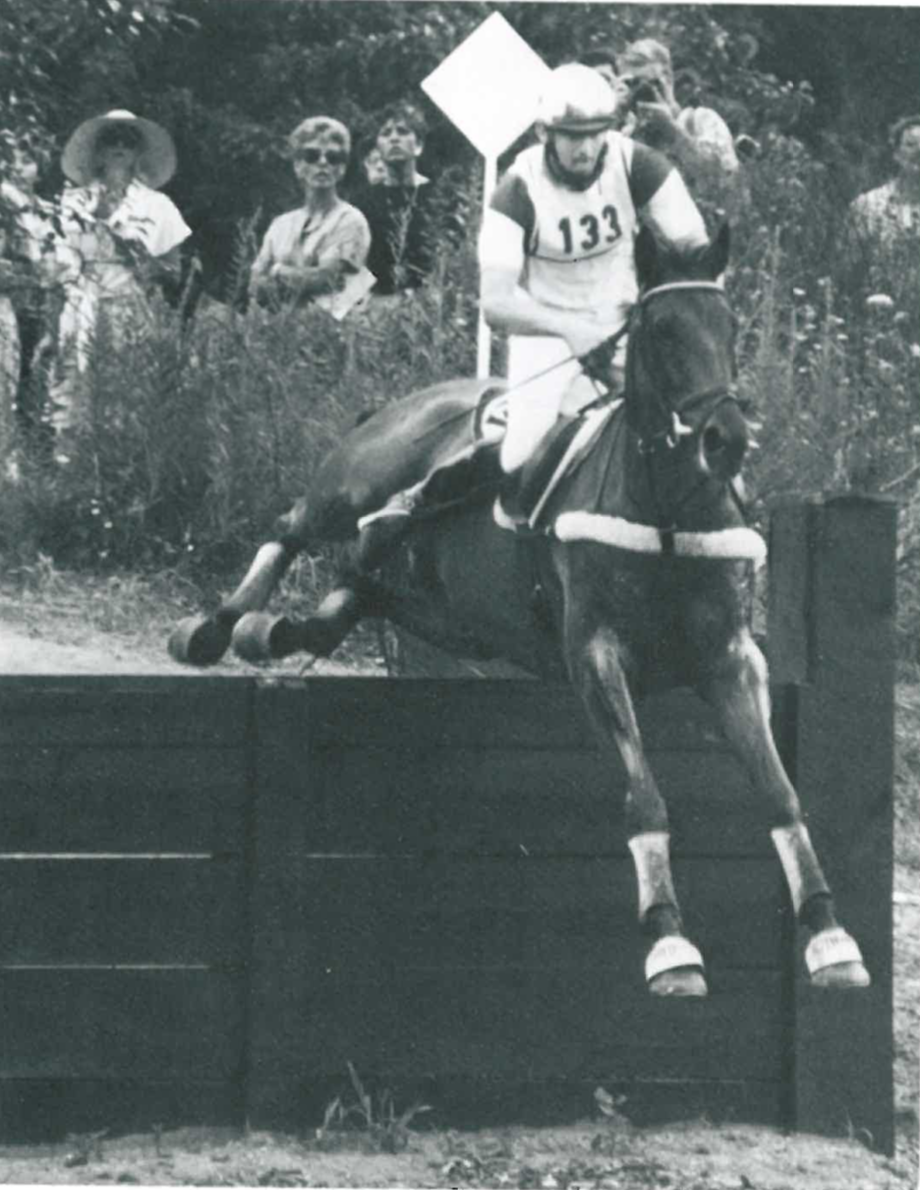
#12 (Vertical Downhill) - "This vertical had an optical illusion that caused a lot of trouble. You saw the top rail of the wall before you saw the ground you were going to gallop on. Because the approach undulated, your eye told you the wrong striding. You had to consciously ignore your eye's message. I looked away here and let the stride come to me. This is where a three-day horse's natural talent shines."
#13 (Table) - "A nice confidence-building table that Tanzer just flew. By this time, his nose was between his knees. This was also the half-way point, and we were about 40 seconds above time. I had to make a judgment call. Should I slow him down to save his legs while risking breaking his rhythm, or just let him go at the speed he obviously found comfortable for him? I made the subjective decision to go along with his choice of pace.''
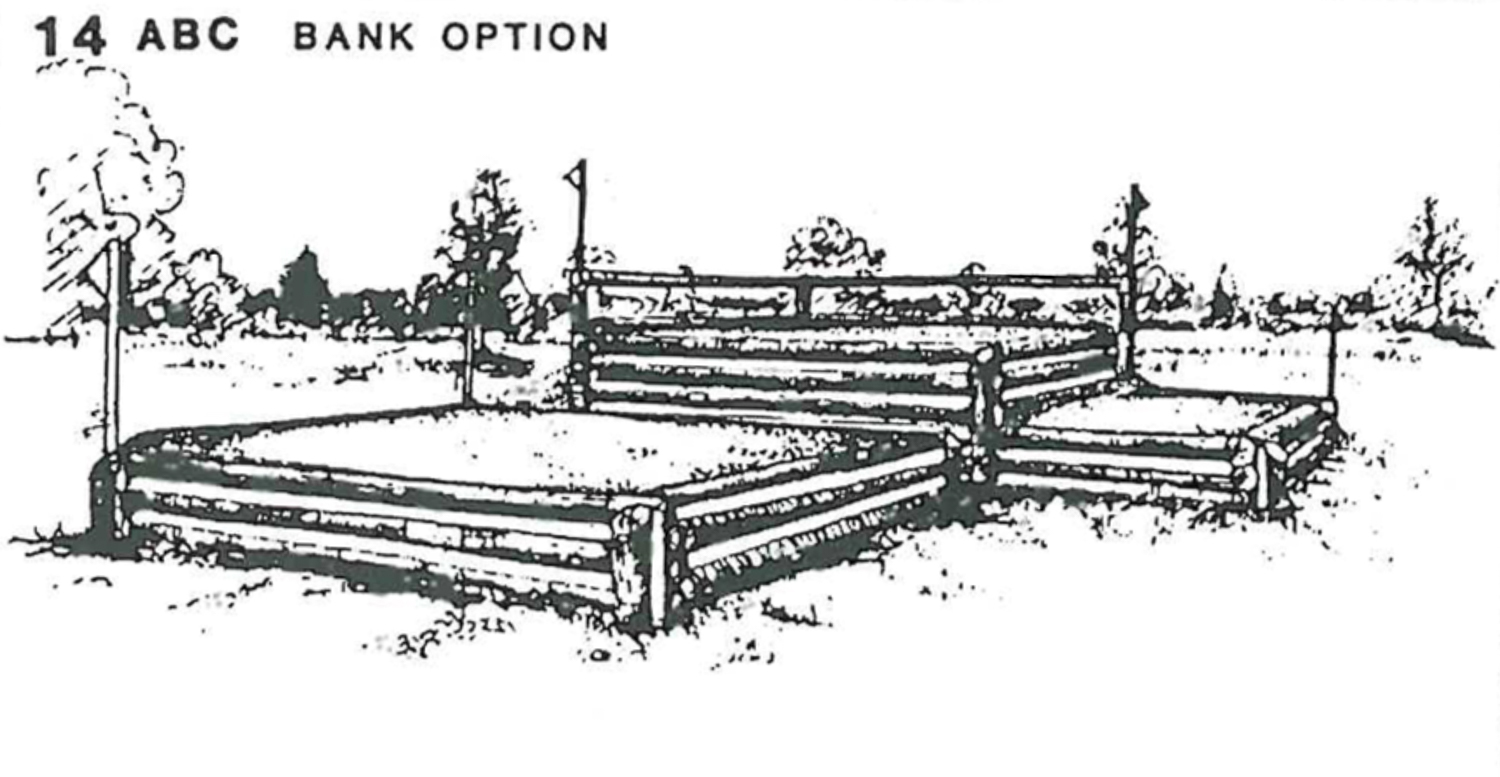
#14 (Bank Option) - "A perfectly placed and measured bank complex for the right horse at the right speed. It was ideal for Tanzer, who jumped it like it was a gymnastic. He settled after that. He seemed at this point to decide, 'Oh, we're on cross-country.'"
#15 and 16 (Sheep Cribs) - "Here we had a show combination. I backed way down to about 400 mpm for the first element and sent him forward to the second. It was gorgeous."
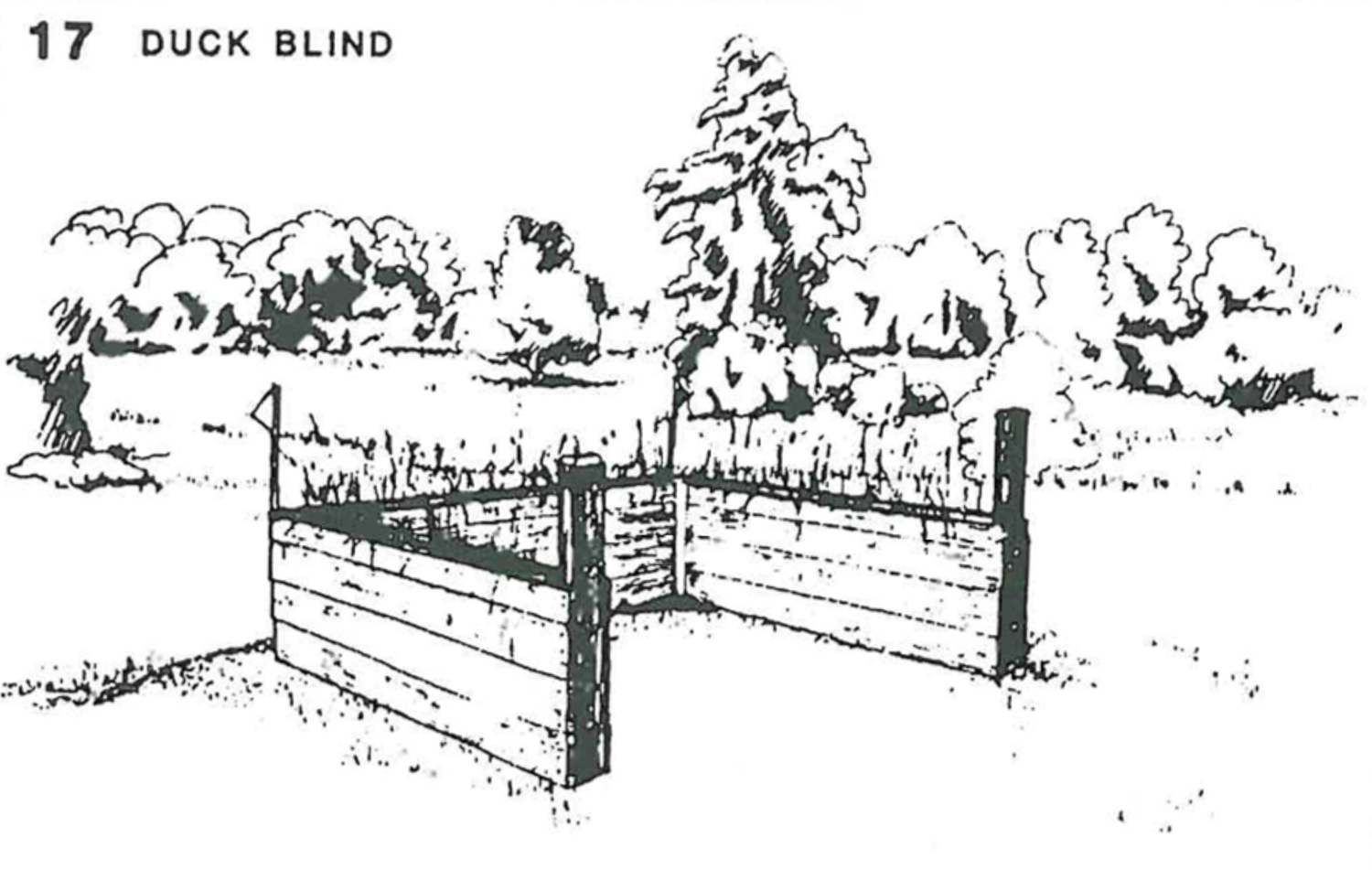
#17 (Duck Blind) - "The prototype for this first appeared at Burghley. I was really cautious about it and wanted him well inside it before he took off. We rode to the base and it jumped okay."
#18 (Rail Combination) - "We had discussed the long 'safe and smart' way on this option, versus the bounce. The Team couldn't risk a fall here. Tanzer is awfully good at bounces so I opted for that. I came in at a good clip and floated my reins a bit, hoping he'd feel the fence and have a school for the next to last complex. He jumped through perfectly so my decision was kind of a wasted effort."
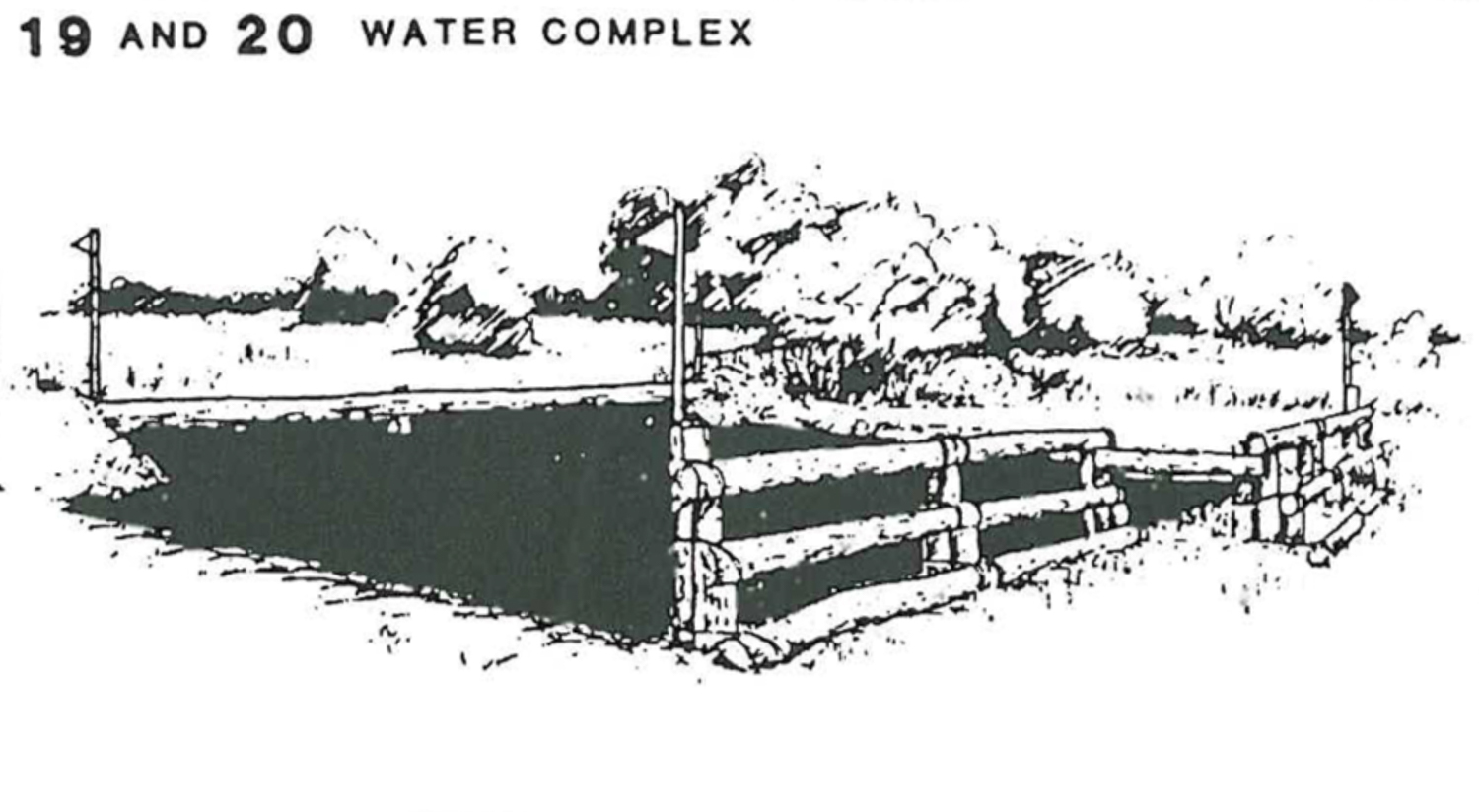
#19 and 20 (Water Complex) - "Truly the biggest, most vertical fence into water I'd ever jumped. I was really scared of it and had spent hours 'baby-sitting' with it. I have this theory that if you don't like a fence, the more you 're with it, the more you like it. I had a few beers with this one before cross-country day and came to terms with how I should do it with my horse. A lot of people took this fence for granted. I compressed Tanzer into a tight frame, upped his r.p.m.'s, and jumped the left side, which was bigger, but was built right up against the revetting on the water. I felt this side was clearer to the horse as to where the landing was, because the right side had sort of a roll of grass before the water. We jumped in and had a nice two strides to the log out. I slipped my reins after the out and felt pretty relieved that nothing horrendous had happened."
#21 (Drop/Slide On Knoll) - "This slide was for the spectators. A lot of riders panicked when they saw it, but fortunately, I'm used to slides from hunting. We jogged up to the little fence at the top, popped over, got two strides down, and off we went.
#22 (Oxer) - "I felt that this obstacle was the only unnecessary fence on the course. The only point it made was, 'Have you still got enough horse left?' I gave it a lot of room - no hot dogging - and Tanzer was just great. We were also 40 seconds fast here."
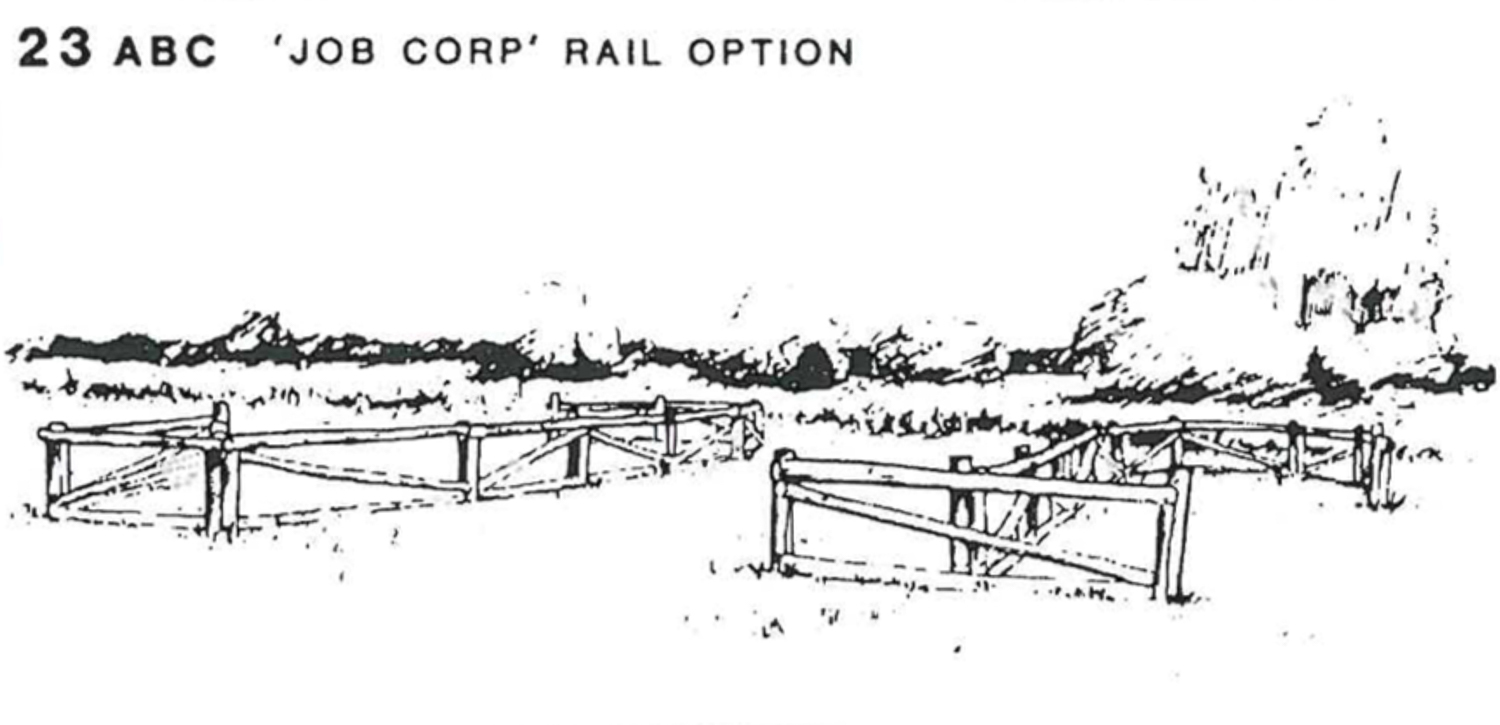
#23 ("Job Corp" Rail Option) - "This bounce to a one-stride was followed by a one-third mile flat run, and then a hard left turn. Tanzer trotted at the turn, which was the first indication he'd given me that he was tired. I angled the approach to give him more room, but this was a dangerous decision from a horsemanship point of view that just asked for a flip. Tanzer's shoulders aren't that fast, but he covered for me and jumped through the whole thing like a champ."
#24 (Flower Planter) - "Going into the last fence, I told myself, 'Just don't mess up, don't be a hero, don 't forget this fence.' Tanzer jumped it well and we were home free. My horse was tired, but not dead, and he recovered completely in 25 minutes. I was never unhappy for a second on course. I was scared once at the water, but it worked out really well. Overall, nothing really unusual happened, and I love it that way. The whole experience has been a major high for me.''
Did you enjoy this article? Want to receive Eventing USA straight to your mailbox? Members receive Eventing USA as part of their USEA Membership or you can purchase individual issues from the USEA Shop.


